Impacts of Climate Change on Coastal Ecosystems in Indonesia
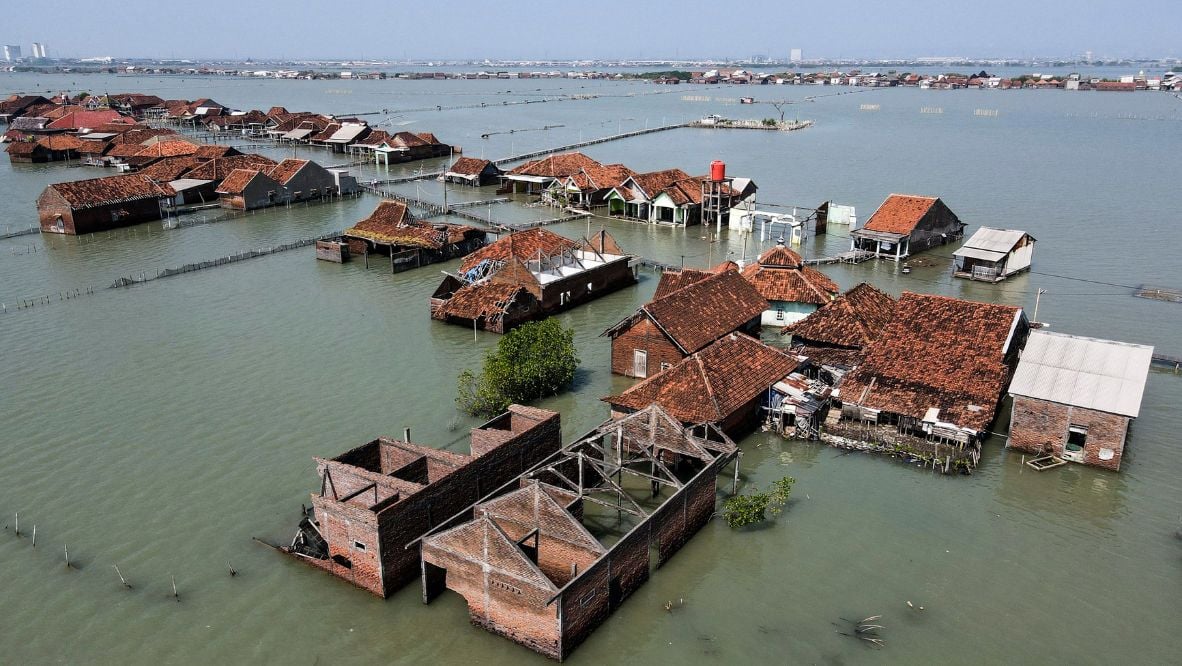
Photo Credit : AFP
Climate change has a significant impact on coastal ecosystems, including in Indonesia. Here are some examples of the impacts of climate change on Indonesia's coastal areas:
- Sea Level Rise
Sea level rise can lead to reduced land area and damage coastal ecosystems. According to BPS 2020 data, around 42 million people in Indonesia live in areas less than 10 meters above sea level. With projected sea rise, it is estimated that 2,000 small islands will be submerged by 2050.
Sea level rise in Java, particularly on the North Coast of Java, has set records in the last 5 years. Here are some of the impacts that have occurred:
Rob Flood : Sea water levels reaching +210 centimeters masl (meters above sea level) resulted in parts of northern Central Java being affected by tidal floods, such as Semarang, Pekalongan, and Demak. This tidal flood also inundated several residential areas and roads in several villages.
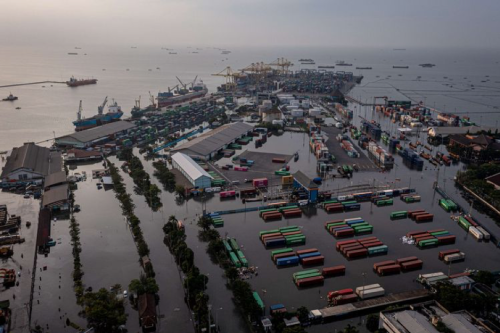
Photo Credit : Aji Styawan/ANTARA FOTO
Risk of Island Disappearance : Some islands are also at risk of disappearing due to sea level rise. Here are the islands that experts say will sink if sea level rise continues: Bali, Nias, and other islands along the west coast of Sumatra.
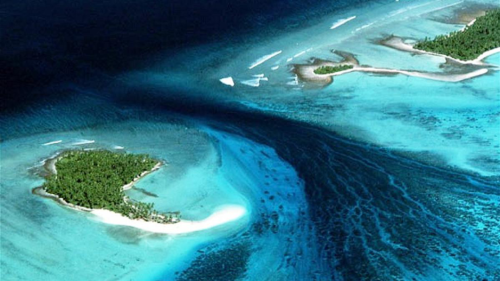
Photo Credit : Reuters
- Changes in Sea Surface Temperature
Rising sea surface temperatures are also a concern. These changes can affect weather patterns, the survival of marine life, and fishing activities.
Changes in Weather Patterns : Increasing sea surface temperatures can affect weather patterns. For example, climate change has caused vortex storms and tropical cyclones in southern East Nusa Tenggara, increasing rain and causing flooding in Madura and other East Java regions.
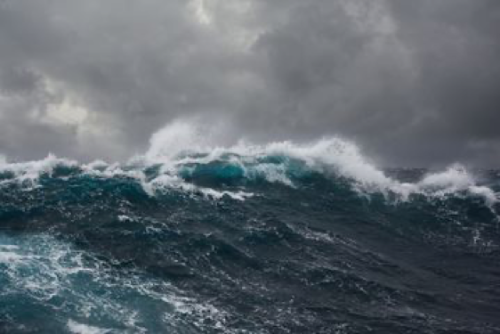
Photo Credit : Andrej67/Getty Images
Survival of Marine Life : Warmer sea surface temperatures can affect the survival of marine life. Ocean warming can disrupt ecosystems, change behavior, and even disrupt the reproduction of sea creatures. Increasingly frequent marine heatwaves can cause massive die-offs in species such as coral reefs. Warm surface water disappears and turns into steam, so the potential for sea storms is even greater. Strong storms are also more likely to cause damage on land. These storms also endanger marine ecosystems such as coral reefs and seaweed.
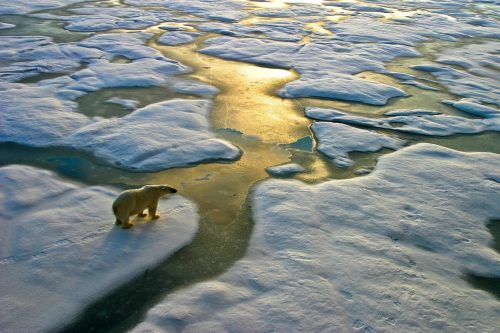
Photo Credit : SeppFriedhuber/iStock
Fishing Activities : Changes in sea surface temperature can also affect fishing activities. An increase in atmospheric temperature and carbon dioxide (CO2) will significantly change ocean conditions, including decreases in acidity, oxygen levels, and ocean salinity levels. This condition is believed to affect the population, distribution, and migration behavior of marine life. Also, it impacts all types of fish including 47 important fishery species that exist today. Demersal species of fish will be most strongly affected because they usually live and are found around shallow waters.
- Public Health
Rising sea levels will cause flooding and coastal erosion that can damage agricultural land and endanger marine habitats and ecosystems. Sea level rise can also lead to high levels of humidity in coastal areas, which can increase the risk of diseases such as malaria, diarrhea, and other infectious diseases.
These impacts are likely to exacerbate many of the problems already facing coastal areas. Therefore, there is a need for mitigation and adaptation strategies to deal with climate change in coastal areas.
To overcome the effects of climate change, there are several steps we can take:
- Save Water and Electricity : By using water and electricity as necessary, we can reduce the warming of the earth.
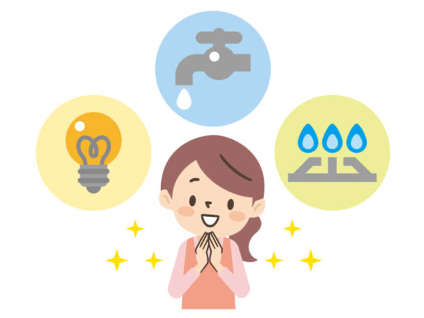
Photo Credit : Ankomando/iStock
- Planting Trees : Trees play a role in the absorption of greenhouse gases which are the main cause of global warming and climate change.
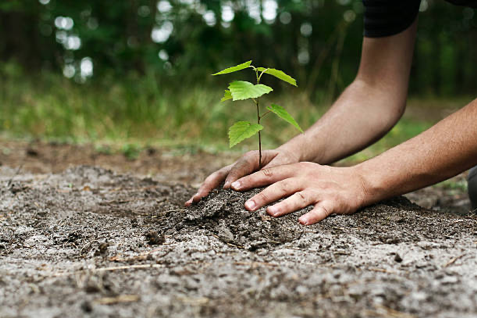
Photo Credit : MNC Media
- Reduce the Use of Motor Vehicles : Motor vehicles contribute to carbon dioxide levels as well as large pollution. Reducing the use of private vehicles and using public transportation can help reduce greenhouse gas emissions.
- Reduce Plastic Use : Plastic products when exposed to sunlight will increase the amount of carbon dioxide in the atmosphere. Recycling plastic waste can help reduce these emissions.

Photo Credit : Antikwar/iStock
- Mangrove Restoration : Mangrove restoration can be key to counteracting the effects of climate change and is also economically valuable.
- Spread Knowledge on Climate Change : Building sustainable living communities and resource-sharing networks can help achieve a more environmentally friendly lifestyle.
By taking these steps, we can contribute to global efforts to mitigate the effects of climate change.
- Save Water and Electricity : By using water and electricity as necessary, we can reduce the warming of the earth.

